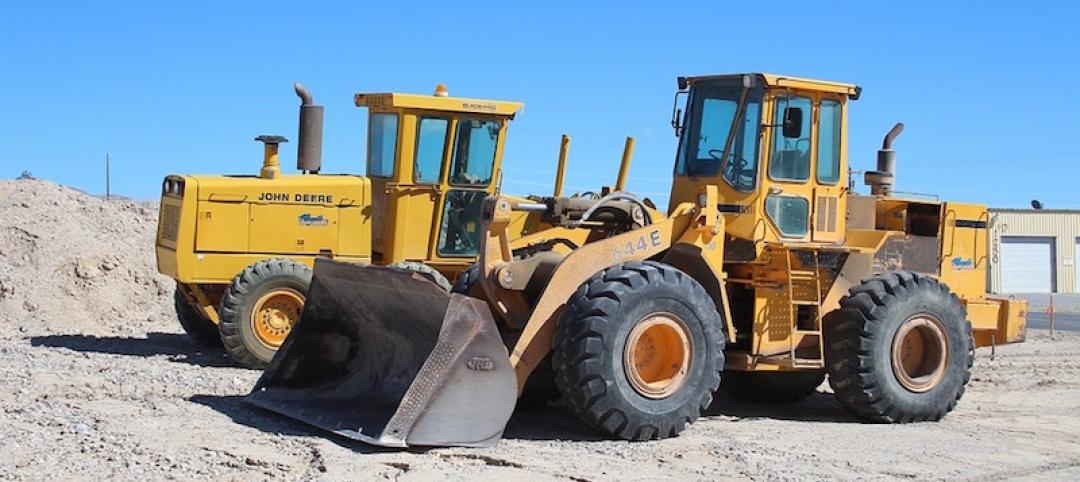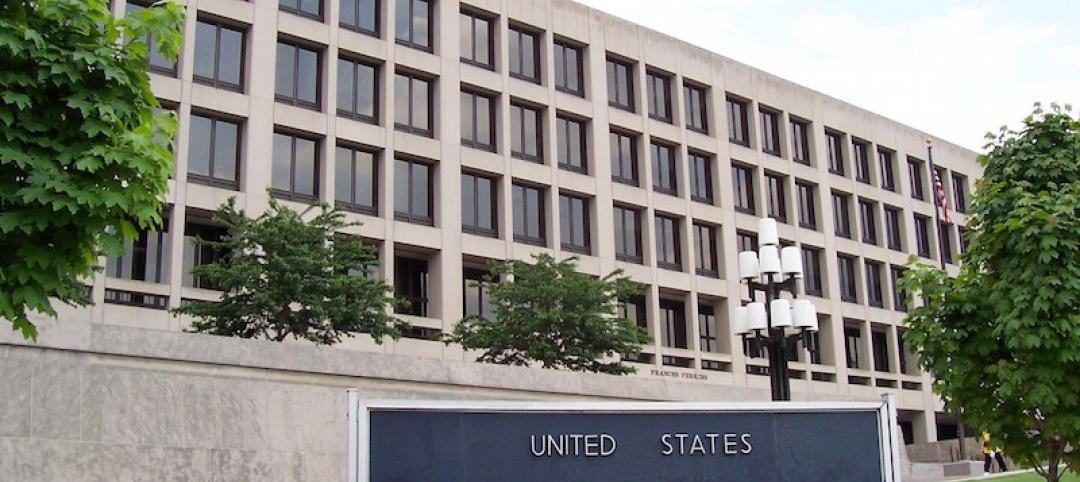California’s recently announced ban on the sale of new gas-powered vehicles starting in 2035—and New York’s recent decision to follow suit—are putting pressure on multifamily property owners to install charging stations for tenants.
Owners have numerous business models and potential partners that offer multiple types of incentives, making the formation of a strategy a complex undertaking. They must consider the costs for chargers and the potential need to install additional electrical capacity costing up to six figures per apartment building.
One option is to outsource chargers to third-party vendors, but vendors may be cool to the idea because of the current lack of a critical mass of users. Even if this option is available to them, owners could still be on the hook for installing electric infrastructure to support charging stations.
Some programs have been created to address that need. Southern California Edison, for example, earmarked $436 million to install 35,000 charge ports. The program focused on disadvantaged communities with 30% of funds dedicated for multifamily homes.
While that program has proven to be popular, attracting twice as many applicants as it can serve, the utility expects to run out of these funds by the end of the year. It’s important that landlords find solutions to the charger challenge soon, with demand from renters predicted to grow significantly in coming years as declining sticker prices of some EV models make them more attractive to a wider swath of the population.
Related Stories
Codes and Standards | Sep 28, 2016
Society of Landscape Architects releases guide to resilient design
The goal is to retrofit communities to better withstand extreme weather events.
Codes and Standards | Sep 26, 2016
Washington State Energy Code updates include dedicated outdoor air system requirements
The updates will change design approach to HVAC.
Codes and Standards | Sep 22, 2016
Construction firms pulling back from federal market due to new reporting rules
‘Subjective, very vague’ policies are said to create too much risk.
Codes and Standards | Sep 21, 2016
Airbnb presents legal liability for multifamily owners
How building owners can reduce risks.
Codes and Standards | Sep 21, 2016
Healthy buildings becoming a key design priority for both architects and building owners
Nationwide survey finds nearly three of four architects cite health impacts influencing design decisions
Data Centers | Sep 19, 2016
New ANSI/ASHRAE data center standard is performance-based, more flexible
The aim of the standard was to ‘not stifle innovation.’
Codes and Standards | Sep 16, 2016
Calm weather tidal flooding impacting several communities on East and Gulf Coasts
Local officials face the prospect of costly mitigation projects.
Codes and Standards | Sep 15, 2016
OSHA appoints new director for its construction directorate
The forty-year industry veteran has been a GC and business owner.
Energy | Sep 13, 2016
Oberlin College to hold conference on post-fossil fuel economy
The gathering will address climate change and new sources of energy.
Industry Research | Sep 12, 2016
Evidence linking classroom design to improved learning mounts
A study finds the impact can be as much as 25% per year.
















